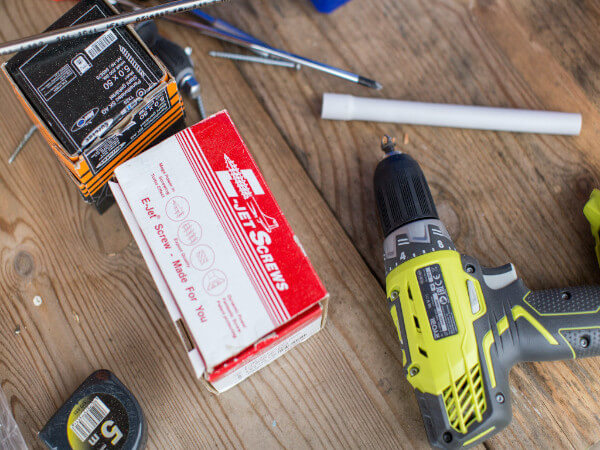How Connected Construction Leads to Proactive Planning and Execution
Construction projects have many moving parts, and managing all those different elements is crucial for project success. One wrong piece of information can create a snowball effect and potentially lead to project teams building off the wrong set of plans resulting in schedule delays, cost overruns, and a loss in morale.
One way to ensure that teams are coordinated and working off the latest data set is connected construction. By connecting and integrating workflows and data, information flows seamlessly from one system to the next, ensuring collaboration across stakeholders. At its core, connected construction connects teams, processes, and information from start to finish across the project’s lifecycle.
The Role of Connected Construction in Infrastructure
Andrew Pangallo, Major Projects Construction Manager with the Indiana Department of Transportation (INDOT) is charged with managing the $2 Billion I-69 Finish Line Corridor project. A once in a generation type project that spans nearly 30 miles and includes 70 bridges. With a grand project such as this, connected construction plays an integral part to ensure that teams can collaborate and work effectively to meet deadlines and produce an exceptional infrastructure asset for the people of Indiana.
To better understand how Andrew defines connected construction and the value of integrated workflows, we asked, “what does connected construction mean to you?” Andrew shares that not having an efficient, and connected way of sharing data across hundreds of people on one job, leads to wasted time and effort which can negatively impact the project outcome.
[Video Transcript]
My name is Andrew Pangallo. I’m the Major Projects Construction Manager for the Indiana Department of Transportation.
We’re charged with a very difficult task. To complete the design and construction of this entire corridor, which is 29 miles long, 70 different bridges, in a set time period.
It’s vital that we are proactive in the planning aspect. We’re talking hundreds if not thousands of people all working at once. And in order to do that, everybody needs to know what their role is. They need to be informed. And we need a way to facilitate that.
What connected construction means to me is allowing construction to connect with the different phases of the overall lifecycle. Right now, there’s a drop-off of information, from design to construction to our operations and maintenance and asset management.
All it takes is one wrong measurement, and you could delay the job by months. We need a better process of collecting that data.
I’m a big believer in change. You can only get so efficient and productive in your current system, sometimes you need to think what else can I do? That is the only way to move on or progress, is to change the way of doing things.
The post How Connected Construction Leads to Proactive Planning and Execution appeared first on Digital Builder.
Did you miss our previous article…
https://www.arizonasolarsociety.com/?p=1613
Khatib & Alami Achieves Time Savings of up to 40% Through a Cloud Collaboration Strategy
Khatib & Alami (K&A) is a multidisciplinary urban and regional planning, architectural and engineering consulting company operating across the Middle East, Africa, South-East Asia and Europe. With more than five decades of experience and expertise within the architecture, engineering, and construction industry, K&A have worked on some of the world’s most challenging projects.
Identifying challenges and finding solutions
As a sector that has seen its greatest evolutions in the past decade, K&A were amongst the first companies to truly adopt digital and BIM as part of its bid to be more time and cost efficient, while providing a higher standard of output for its clients. As a major multinational working on a range of multidisciplinary projects, K&A are required to collaborate with multiple different stakeholders both internally and externally. They recognised that they would need to centralise project data and create one single source of truth when it comes to project documentation to support them in managing the sheer volume and range of ongoing projects across their many different design centres. This would mean their project teams would reduce the amount of time they spent searching for, uploading, and downloading project information. They also wanted to reduce their dependency on local servers and move to a way of working that would enable them to form more collaborative partnerships with their supply chain partners.
By leveraging cloud collaboration, centralised and consolidated data for each project was open to the full range of necessary stakeholders, which in some cases went as high as 200 project team members across a number of different organisations. As a result, knowledge sharing and a comprehensive understanding of cloud collaboration and its features became more intrinsically linked to K&A’s culture. Dr. Ahmad Faeq, Senior Director for Projects Knowledge Management and Operational Excellence reflects:
“Since we started the transition to digital, we embedded technology implementation as part of our knowledge management. Based on this, we created communities of practice which became the platform to train our teams how to use cloud collaboration tools more effectively. As a result, knowledge management is now at the heart of the company, which interconnects with everything else.”
For many companies, the concept of working remotely was only implemented because of the pandemic. For K&A, however, its early-stage adoption of BIM, coupled with their multinational design centers in Cairo, Beirut, UAE and Bangalore, meant that remote working was already well underway.
“We were already using Autodesk’s Construction Cloud remotely to drive strong collaboration between our design centres, so it was a fairly smooth step when the transition to work from home became necessary,” commented Micheline Nader, Senior Project Engineer, BIM manager – road & highways.
“Before cloud collaboration tools, you were unable to work from home or remotely effectively. If we were required to do either, we were unable to access the same model, meaning any changes made would have to be saved and pasted onto the local server the following day,” recalled Yasmina Kridly, BIM Manager and Design Architect. “Since implementing Autodesk’s cloud solutions, our team can access the same model in real time, a feature that has given us a strategic advantage during the pandemic. Overall, it has enhanced our troubleshooting and submission processes by up to 90%.”
Where previous work required printed PDFs and stacks of paper stored across several locations, the integration of working in a cloud environment not only meant a faster, more centralised way to share accurate data, but an environmentally-friendly reduction in year-on-year printing from 2019 – 2020 by around 50 – 60%.
Collaboration as standard – promoting team-centric execution and culture
Thanks to K&A’s existing movement towards digital infrastructure, and spurred on by the pandemic, cloud collaboration soon played a centralised role in several projects resulting in K&A investing in more licenses and company-wide familiarisation.
“As the benefits of Autodesk Construction Cloud are significant, it is now mandated that all projects are stored on the cloud, regardless of scale or value. As one source of information, for each project, all design documents are stored in our common data environment for shared use, following ISO 19650 workflow. The client and stakeholders also have access to the project in a digital environment, which means the client can follow the work-in-progress model and provide feedback at an early stage,” commented Micheline Nader.
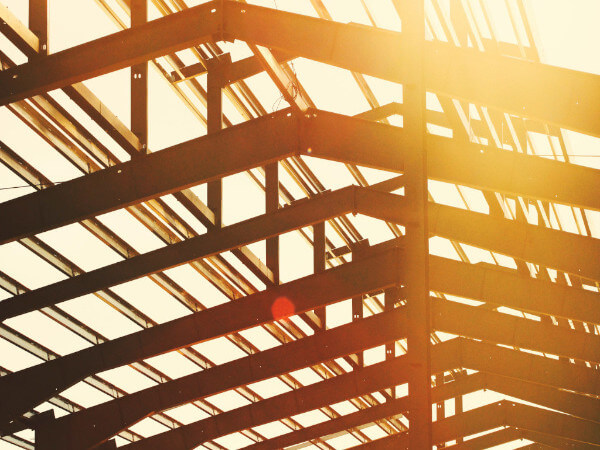
BIM – the foundation of technological progress
For Dr. Ahmad Faeq, the value of Autodesk’s Cloud solutions extend beyond traditional training and into a new era of ongoing development. “When we talk about BIM as the new standard, this is what I consider our first step. From here we’re able to build and develop. For example, we’re working on BIM and GIS integration to create what we call smart city management, where we link BIM with IoTs to create command centres for clients and landlords to monitor and manage their facilities during and after the construction projects. The ceiling isn’t fixed for us, so we will keep adding the technological components day after day.”
One of the challenges presented by the pandemic was the requirement to migrate project data into Autodesk’s cloud solutions for ease of development between parties, which simultaneously occurred while hiring new staff to cater for the demand. Fortunately, the data migration worked seamlessly, as did the adoption of the new staff who were able to familiarise themselves with the software and functionality.
Cited as one of the main reasons Autodesk Construction Cloud succeeded in reaching such a fast user-adoption rate is its carefully designed user interface, user experience and supplemental training provided by Autodesk. Reflecting on her earlier experiences with some predecessors of cloud solutions, Yasmina Kridly commented, “Since we started working with Revit more than a decade ago, every Autodesk product has consistently become more intuitive and mature, with a strong focus on the user experience. This is a feature which has been carried forward into Autodesk’s Construction Cloud solutions. While many other platforms require special training or expert advice, you are quickly able to get used to Autodesk Construction Cloud, even after using it for only a few hours.”

Enhanced productivity through digital collaboration
From a high-level perspective, Autodesk Construction Cloud’s ability to provide a collaborative platform for teams to interact and deliver has had a unifying effect on K&A’s teamwork culture, as highlighted by Dr. Ahmad. “Autodesk Construction Cloud was one of the tools we used to fortify and strengthen the communication within the project teams. This is where the real production of our investments happened.”
This sentiment is echoed by Yasmina Kridly: “The integration of Autodesk Construction Cloud has made a huge difference. Firstly, you can access it anywhere in the world. Secondly, we save a lot of time in transferring data between design centres. Today, I’m able to review and comment on documents immediately, meaning we’re saving a significant number of working hours as a business. This was all made possible thanks to the quick responses of the Autodesk team. Whenever we had a question, there was a solution suggested by the Autodesk team. When we first started using Autodesk Construction Cloud, it didn’t have all the features it has today. Through our team making suggestions, Autodesk were very quick to implement improvements and we’ve been able to fine tune our common data environment to be perfectly suited to our exacting requirements. One of the most useful was enabling real-time cloud collaboration during the design process, a feature that saves our team between 30 – 40% in time efficiency.”
Elaborating further, Dr. Ahmad added, “For a company like K&A where time is highly valuable, the saving of 30 – 40% isn’t just a win for the projects in hand, but also for the company which can utilise its skilled teams on other projects. Certainly, Autodesk Construction Cloud, along with our digitally enabled internal environment, has been a major driver in our digital transformation, which has been great for our productivity as a business.”
“Autodesk Construction Cloud is our solution for collaboration.”
—Micheline Nader, Sr. Project Engineer, BIM manager, Khatib & Alami
Summarising her experience, Micheline Nader commented, “Utilising Autodesk Construction Cloud has significantly improved decision-making and project performance leading to reliable, clash-free, sustainable projects that benefit from low maintenance costs, risks, and higher revenue streams. It has become a lifeline for using data, consuming content and engaging in digital applications.”
The post Khatib & Alami Achieves Time Savings of up to 40% Through a Cloud Collaboration Strategy appeared first on Digital Builder.
Start Prepping Now for the Next Normal in Construction
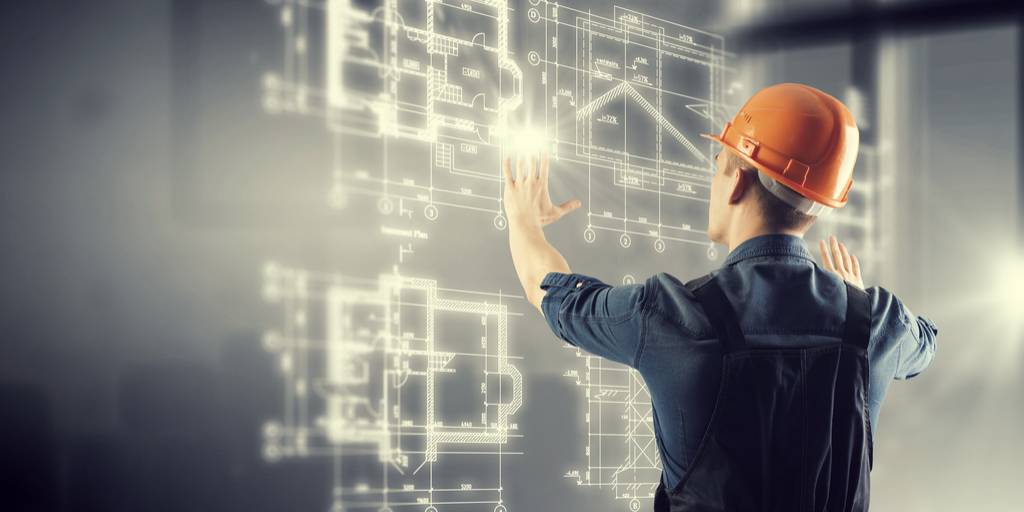
Construction is the largest global industry that accounts for 13% of global GDP. It encompasses infrastructure, industrial structures, and real estate and today many companies are adjusting their business models to embrace the next normal in construction.
![]()
Did you miss our previous article…
https://www.arizonasolarsociety.com/?p=1605
Canada Reached Some Labor Market Milestones in August
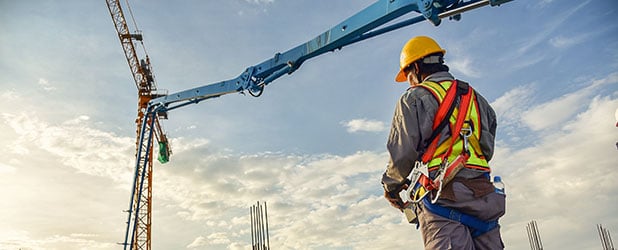
According to Statistics Canada, the Canadian total jobs count climbed by +90,000 in August to sit at just under 19 million. The year-over-year gain in employment has been only slightly under a million jobs (+958,000). Ontario (+419,000 jobs) and British Columbia (+201,000 jobs) have been the two provinces with the best records in nominal jobs creation over the past 12 months.
![]()
Did you miss our previous article…
https://www.arizonasolarsociety.com/?p=1601
Top 10 Major Upcoming Midwest and Northwest Construction Projects – U.S. – September 2021
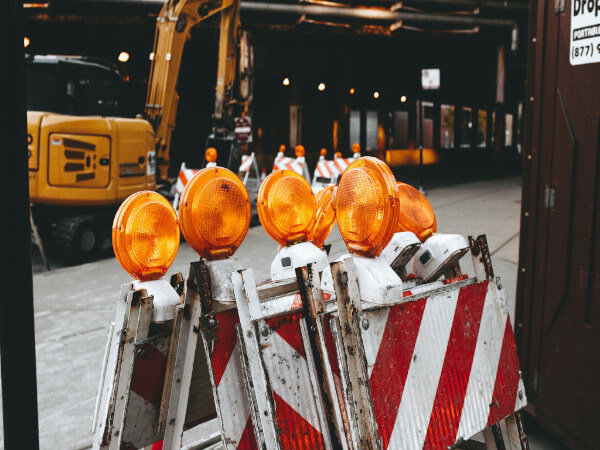
The accompanying tables show the top 10 major upcoming Midwest and Northwest construction projects in the U.S. They are all in the planning stage and are mainly new projects, but may also involve additions and/or alterations.
![]()
Did you miss our previous article…
https://www.arizonasolarsociety.com/?p=1597
Top 10 Major Upcoming Convention Center and Military Construction Projects – U.S. – December 2021
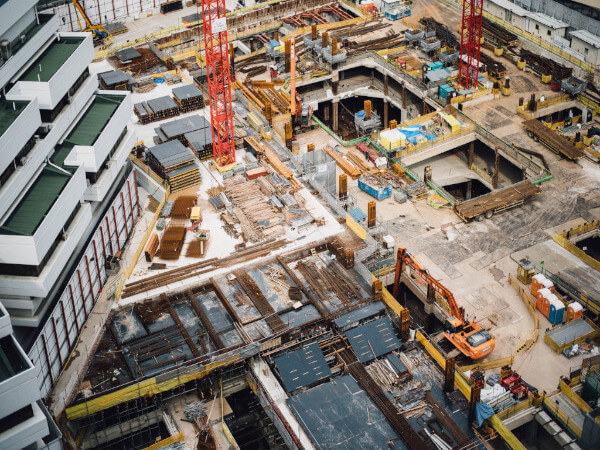
The accompanying tables show the top 10 largest upcoming Convention Center and Military construction projects in the United States. They are all in the planning stage and are mainly new projects, but may also involve additions and/or alterations.
![]()
Did you miss our previous article…
https://www.arizonasolarsociety.com/?p=1593
Top 10 Major Upcoming Public Building and Defense, Law Enforcement Construction Projects – Canada – December 2021
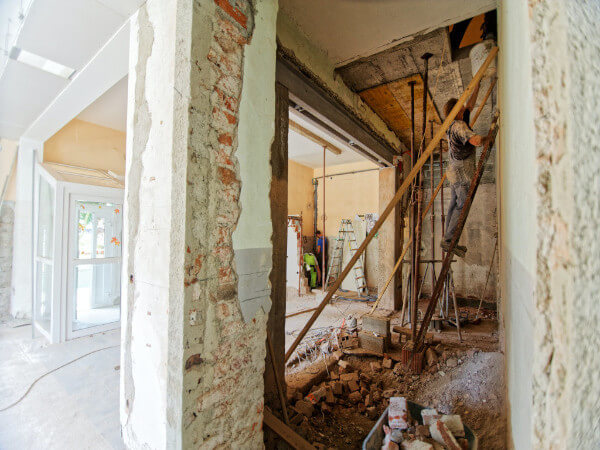
The accompanying tables show the top 10 largest upcoming Public Building and Defense, Law Enforcement construction projects in Canada. They are all in the planning stage and are mainly new projects, but may also involve additions and/or alterations.
![]()
Did you miss our previous article…
https://www.arizonasolarsociety.com/?p=1589
Digital Builder Ep 23: Harnessing the Power of 3D Printing in Construction
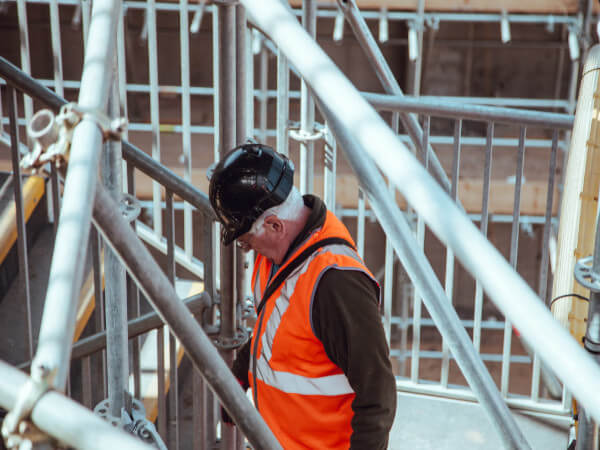
Many industry leaders have heard of 3D printing, often in the context of concrete or small-scale homebuilding. But that’s just the tip of the iceberg. When leveraged successfully, 3D printing can play a key role in structural components (big and small), spare parts, fixtures, and even the furniture that inhabits a space. But what does it all mean to your projects?
Listen to the episode now
You can also listen to this episode on Apple Podcasts, Spotify, Stitcher, Google Podcasts, and anywhere else you get your podcasts.
On this podcast episode
Our guest, Stephan Mansour, is a 3D Printing & Emerging Technology Advisor at MaRiTama Ltd. Stephan is leading the international team that’s developing global 3D printing standards from the ground up, and in this episode, he takes us on a journey into the world of 3D printing in construction.
We discuss:
- Common misconceptions about 3D printing
- How supply chain issues have increased interest in 3D printing for construction
- How to implement 3D printing in your organization
- How upcoming standards will enable mass adoption
“Everything can be 3D-printed; it’s just a matter of how far you want to go, how scalable it is, and how much money you’re going to put in.” — Stephan Mansour
Podcast highlights from Episode 23
To kick things off, Stephan shared a high-level overview of 3D printing in construction. According to him, 3D printing is “laying one material over another, to build a structure that you normally have in every construction site.”
He continues, “it’s based on a 2D model or design, that is later sliced into robotic language in order to achieve the print. So the material is tailored sometimes to the printing application that is available.”
In terms of materials used, Stephan says that 3D printing can use cement, polymer plastic, synthetic materials, or different types of recycled materials.
Debunking the myths of 3D printing
3D printing is rapidly gaining steam in the construction industry. In fact, The 3D printing construction market is expected to hit $1.5 billion by 2024.
But despite its growing popularity, there are still a number of misconceptions surrounding the technology. According to Stephan, here are some of the most common 3D printing myths.
Myth #1: 3D printing is a new process
Some people think that 3D printing is a new thing, but nothing could be further from the truth, says Stephan.
“The early first 3D printing machine was created in the 1930s and 1940s by a company called Urschel, based in Indiana. They actually printed several structures, and the same technology is still being used by various technology providers today,” he explains.
“So it’s not a new technology; it started off in the 1930s and ’40s. It picked up again back in the 1990s, and since then, it’s continued to gain speed.”
Myth #2: You can print anything in 24 hours
Another misconception is about the speed with which you can print. Stephan remarks that while the actual printing time may take 24 hours, the construction period of a building can take two to three weeks.
“Expecting to have a house available and finished in 24 hours just doesn’t work,” he adds.
Myth #3: 3D printing is cheap
There’s also the notion that 3D printing structures only cost $4,000 or $5,000.
“I’d like to debunk that,” says Stephan, who adds that while affordable housing is possible, you can only achieve it when you’re building things at a large scale.
“If you’re doing 100 houses, 1,000 houses—then yes, the price of technology and material will go down. But when you’re building a single house or just a handful of houses, you’re still carrying on the price of technology, material, logistics, and so on, onto those five houses.”
Myth #4: You need a large R&D department to implement 3D printing
Think 3D printing requires a ton of R&D? Think again. According to Stephan, there are numerous opportunities to get started with 3D printing without pouring a lot of money into research and development.
“There are many ways you can start getting into 3D printing. You can do it through collaboration with technology providers, pilot projects, and starting small. From there, you’ll be able to move little by little, to actually having 3D printing as part of your toolbox in the construction process.”
The various use cases of 3D printing
Some construction professionals might think that 3D printing is all about concrete and building houses. However, there are many other applications for the technology. As Stephan puts it, “you could do many things with 3D printing, just like you do anything normally with conventional means of concrete, mortar, or brick.”
Intricate facades
Stephan shares that 3D printing “can play a key role in creating facades for buildings.”
This is particularly true for projects that call for intricate and unique designs. With 3D printing, the facade “doesn’t have to be square, and you don’t have to do a mold in order to achieve very artistic or inquisitive designs that you want to get into,” says Stephan.
Parts and fixtures
In addition to printing the house itself, Stephan says you can also use 3D printing for spare parts and fixtures.
“You can 3D print everything and anything in the house, in terms of fixtures, FTS, doorknobs, lintels, door frames, doors themselves, window frames,” he shares.
Furniture
3D printing can be used to print furniture and eliminate the lead time associated with purchasing and delivering them.
Doing so may also help you be more sustainable. “Just looking at the waste that each construction site actually produces, you can take the wood that is discarded from the formwork, turn that into dust, and print furniture,” says Stephan.
3D printing can improve efficiency in remote projects
Being able to print spare parts, furniture, and materials can also come in handy when dealing with remote projects or when you’re facing inventory shortages and supply chain issues.
As Stephan points out, “when you talk about oil and gas and remote projects, there’s a lot of problems that happen in consortium sites. Inventory can be an issue and you may not have the right piece at the right time. When this happens, there’s usually a two- or three-week lead time.”
He continues, “3D printing can be very effective in providing that material. You can have parts available within a few hours or a day at most, as opposed to waiting three weeks. You don’t have to put the whole project on a standstill just because you’re waiting for, say, a $10 piece that is crucial in operations.”
How to get started with 3D printing
Implementing 3D printing isn’t just about purchasing a printer and building things from scratch. You need to consider a number of factors to ensure that your initiatives are successful.
Stephan says, “Another misconception that we need to rebuff is that you can simply buy a 3D printer and presto—everything’s going to work. But that’s not the case. You have to think of 3D printing just like you would for any other piece of equipment in your construction site.”
Start small and address a pain point
Just like when investing in a large piece of equipment, you must determine a need for it before going out and purchasing the technology.
As Stephan puts it, “you’re not going to buy a multimillion-dollar piece of equipment to sit on your construction site, and now scratch your head and figure out, ‘Okay, how am I going to use this?’”
Instead, you must first identify a pain point within your construction projects or operations and then figure out how a 3D printer can help you solve the issue. For instance, if you’re constantly running into delays for a particular part or fixture, you may consider investing in 3D printing so you can produce the right parts more quickly.
Determine your scope and investment
“There are many different variations, versions, and materials out there when it comes to 3D printing, so there’s no one size fits all solution,” says Stephan.
The right setup depends on your project scope, objectives, and budget. So, make sure that these elements are ironed out at the beginning of your 3D printing journey.
Have a clear idea of what you’d like to achieve and the investment you’re willing to make, and then let those factors inform your decisions on what materials or printers to utilize.
Find the right partner
“Collaboration is key,” remarks Stephan. It’s essential that you find the right partners for your 3D printing projects.
Who to partner with depends on the project as well as your capabilities. In some instances, you may need to bring in a technology partner who can help you get up and running. Maybe you need to find new vendors who can supply the materials required.
Whatever the case, be aware of your capabilities and limitations, then use that knowledge to find the right collaborators.
The bottom line with 3D printing in construction
3D printing is gaining traction in the AEC industry, and it will continue to do so in the near future. The specific role that 3D printing will play in your organization will depend on your projects, so take the time to evaluate your pain points and objectives then find technology solutions and partners that can fill the gaps.
New podcast episode every two weeks
Autodesk’s construction podcast, Digital Builder, is hosted by me, Eric Thomas. New episodes of the Digital Builder podcast go live every two weeks.
If you’d like to take an even deeper look at 3D printing, catch the full episode of Digital Builder to learn more.
Listen to the Digital Builder Podcast on:
- Apple Podcasts
- Spotify
- Stitcher
- Google Podcasts
- or wherever you listen to podcasts
The post Digital Builder Ep 23: Harnessing the Power of 3D Printing in Construction appeared first on Digital Builder.
August’s Nonresidential Construction Starts -14% M/M, -11% Y/Y, & -6% YTD
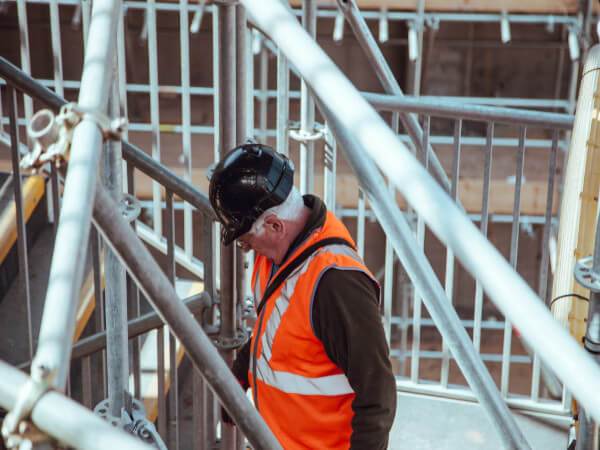
High-Tech Giants Step to the Plate
ConstructConnect announced today that August 2021’s volume of construction starts, excluding residential work, was $33.0 billion (see shaded green box, bottom of Table 8 below) a decrease of -14.2% vs July 2021’s level of $38.5 billion (originally reported as $37.6 billion).
![]()
Top 10 Project Starts in the U.S. – August 2021
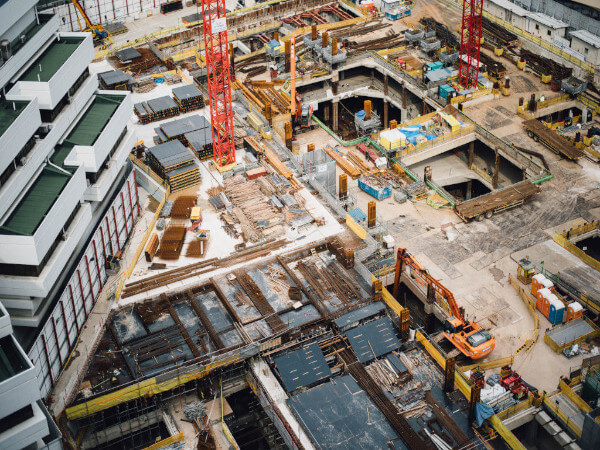
The accompanying table records the top 10 project starts in the United States for August 2021.
![]()
Did you miss our previous article…
https://www.arizonasolarsociety.com/?p=1578
